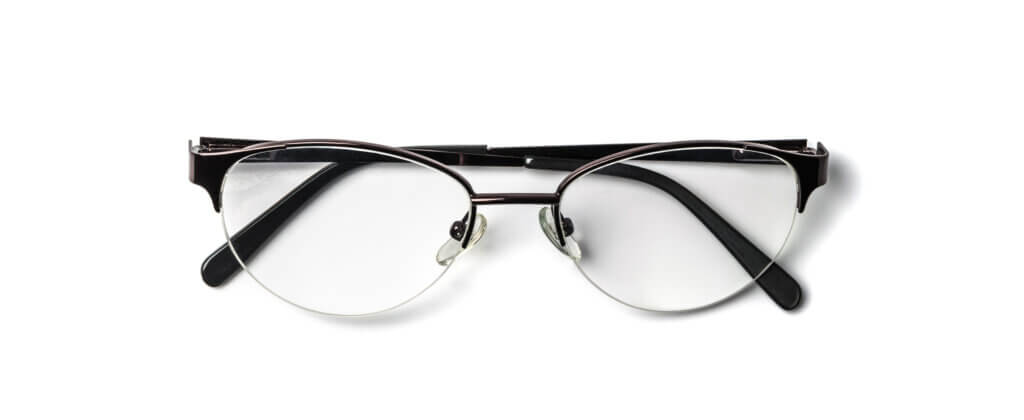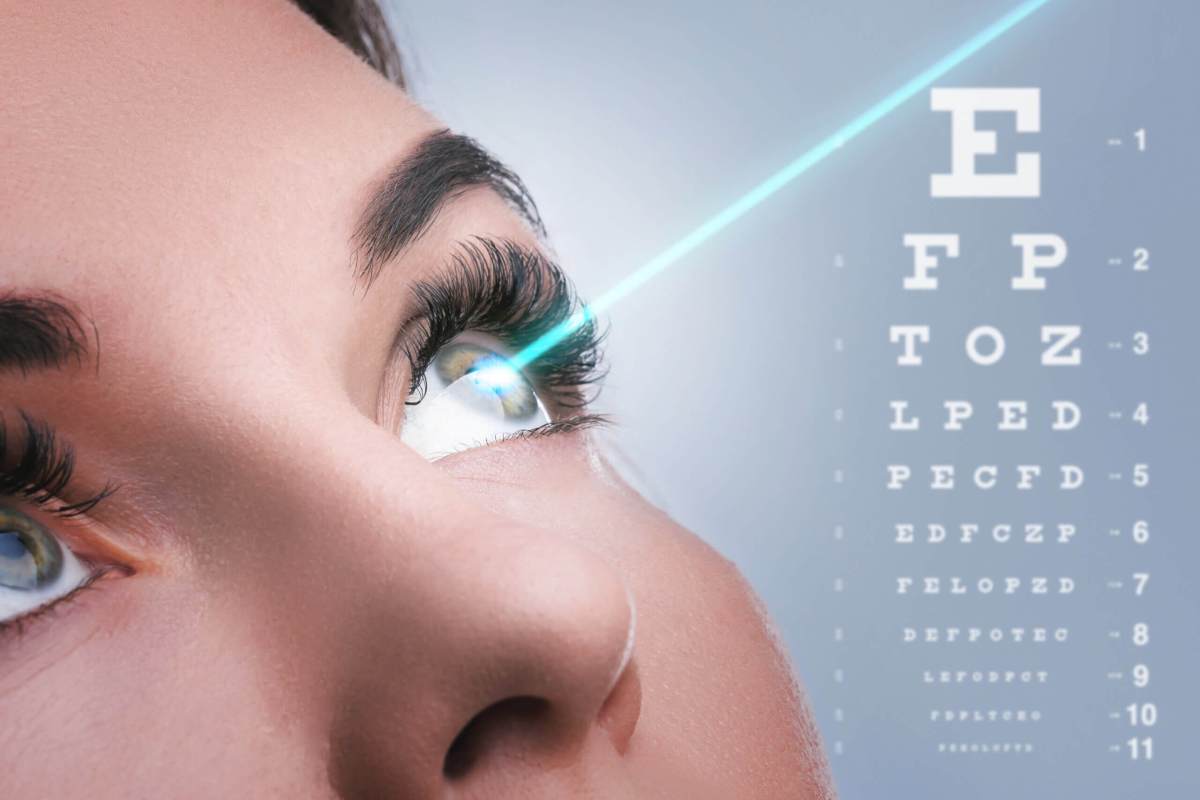If you wear glasses or contact lenses, you may have considered laser eye surgery to correct your vision.
Over the last 25 years, millions of Americans have had LASIK (laser-assisted in situ keratomileusis) surgery to treat nearsightedness, farsightedness and/or astigmatism.
Not everyone is a candidate for LASIK, but additional alternatives have emerged in recent years that can help more people see clearly without corrective lenses.
Refractive Errors
Refractive errors occur when the shape of your eye keeps light from focusing correctly on your retina, causing blurry vision.
Refractive errors include nearsightedness (myopia), which makes faraway objects look blurry; farsightedness (hyperopia), which makes nearby objects look blurry; astigmatism, which can blur or distort both faraway and close objects; and presbyopia, which makes it hard for middle-aged and older adults to see things up close.
Type of Laser Eye Surgery: LASIK
By far the most common laser refractive procedure, LASIK surgery uses laser technology to permanently change the shape of the cornea, which is the clear covering of the front of the eye.
LASIK can be performed on adults who have had a stable prescription for at least one year and who do not have any contraindications, says Dr. Mark Fromer, an ophthalmologist with Northwell Health’s Manhattan Eye, Ear and Throat Hospital and medical director for Fromer Eye Centers in New York City.
LASIK surgery has a very high success rate. “In terms of obtaining excellent visual acuity, the success rate is well over 99%,” says Dr. Fromer. “Less than 5% of patients will experience a regression and lose some of the benefits over time; sometimes, this can be corrected with a retreatment.”
Vision Center, a nonprofit research group, reported that at least 96% of patients are happy with the results of LASIK surgery.
“The procedure is extremely well received,” says Dr. Timothy Chou, director of the Cornea Division at the Stony Brook University School of Medicine Department of Ophthalmology.
LASIK surgery costs about $5,000 (for both eyes) and, as an elective procedure, it is generally not covered by insurance. However, it can save patients from buying corrective lenses for many years.
“If someone has LASIK at age 21, they won’t need glasses or contacts for decades,” Dr. Chou says, while noting that these individuals commonly develop a need for reading glasses as they get into middle age.
Patients who are extremely nearsighted or who have thin corneas are not candidates for LASIK, Dr. Chou says. LASIK is also inappropriate for people with certain medical conditions or who take certain medications. “Your doctor will need to take a medical history,” he says.
“LASIK is an extremely safe procedure for appropriate patients,” Dr. Fromer says. “Patients have to be well counseled by their doctor to make sure they are a good candidate.”
Dr. Chou says patients need to understand that, as with any procedure, there is a risk of side effects and, rarely, serious complications. Side effects can include dry eyes and seeing a halo effect, starbursts, or glare at night.
For a small percentage of patients, vision will be slightly worse than 20/20.
Potential complications include infection and, very rarely, corneal ectasia, a condition that could necessitate a corneal transplant, Dr. Chou says.

Type of Laser Eye Surgery: SMILE
SMILE (small incision lenticule extraction) has emerged as an alternative technique with similar outcomes as LASIK. SMILE, which can treat nearsightedness and astigmatism, requires a smaller incision and may be a more suitable alternative for some patients.
Though common in Europe, SMILE is not widely used in the U.S, Dr. Chou says.
Phakic Intraocular Lenses
Phakic lens implantation surgery is an option for people up to about age 45, says Dr. Chou.
Phakic intraocular lenses are synthetic lenses implanted in the eye permanently to correct nearsightedness without removing the eye’s natural lens.
“It’s almost like having contact lenses inserted into your eyes,” says Dr. Chou.
This elective procedure may be an option for very nearsighted people who are not candidates for LASIK.
On the downside, Dr. Fromer says, since people’s natural lenses often develop cataracts as they age, the phakic lenses would eventually need to be removed so that cataract surgery could be performed.
Cataract Surgery With Specialty Lenses
Most adults develop cataracts after age 60, and sometimes earlier.
“The crystalline lens in your eye, which is the size of an M&M candy, is soft and malleable like a gummy bear when you are young,” says Dr. Chou. “As you get into middle age, it gets hard like a hard candy, but it’s still clear. But as you develop cataracts, the lens becomes cloudier and darker, which makes it harder to see.”
When older adults have cataract surgery, the crystalline lens is removed and replaced with a clear intraocular lens. Patients could elect to have their cloudy lens replaced with a specialty lens to correct their refractive errors.
“Cataract surgery is covered by insurance, but the premium lens will not be covered,” Dr. Chou says.
Dr. Chou notes that people in their 40s and 50s with refractive errors may also be candidates to have an elective procedure akin to cataract surgery, to remove their natural lens while it’s still clear so that it can be replaced with a corrective intraocular lens.


































